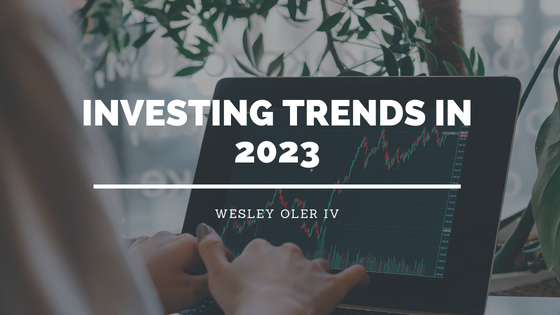The year 2022 has been full of challenges for investors, with rising interest rates, geopolitical tensions, and the potential onset of a recession all contributing to the volatility. Looking ahead to 2023, many questions remain unanswered. These include what will happen to the economy and markets and how these factors will affect asset allocation.
Experts have conducted extensive research and analyzed data to develop a list of investment trends that will be interesting to watch in 2023.
Recovering from Inflation
The decline in wage growth in 2022 led to the erosion of consumers’ purchasing power. This development also increased the odds of social unrest and labor conflict in the year ahead, especially in developing economies and Europe, which have lagged behind their peers.
After inflation numbers in 2022 cooled down, wage growth is expected to outstrip inflation in 2023. This will boost the economy and create a tailwind for it into 2024.
A repeat of the inflation pain that occurred in 2022 would be devastating. Fortunately, we do not expect it to happen.
Increase in Corporate Pricing Power
One of the critical factors that drive returns in equities is the ability of companies to increase their prices without affecting the demand for their products.
If a company can successfully implement its pricing power, it is good news for Wall Street but bad news for Main Street. Rising costs are a burden that consumers have to shoulder.
During the pandemic caused by COVID-19, corporate profit margins were exceptional. However, going into 2023, we expect these numbers to moderate. Despite this, corporate profits are still expected to remain strong.
Capping Interest Rates
Because of how much debt countries have, they cannot sustain high-interest rates. Rising interest payments are expected to put a brake on excessive deficits. A ceiling on interest rates would prevent a shift in the monetary policy of governments.
Rising interest rates are expected to send the cost of servicing debt back to the highs that it was during the early 2000s. Also, private debt loads have increased significantly since the global financial crisis. Due to the increasing burden of interest payments, investors will be more demanding of governments.
